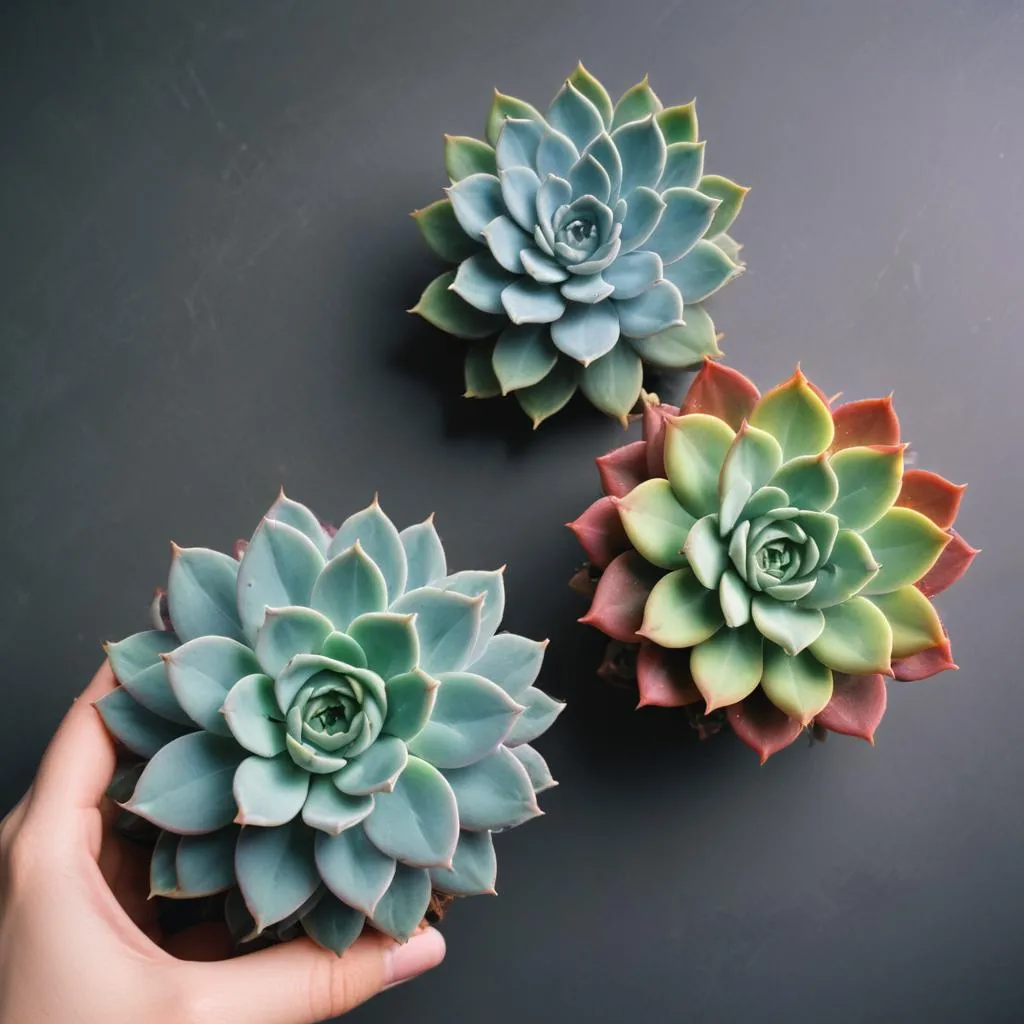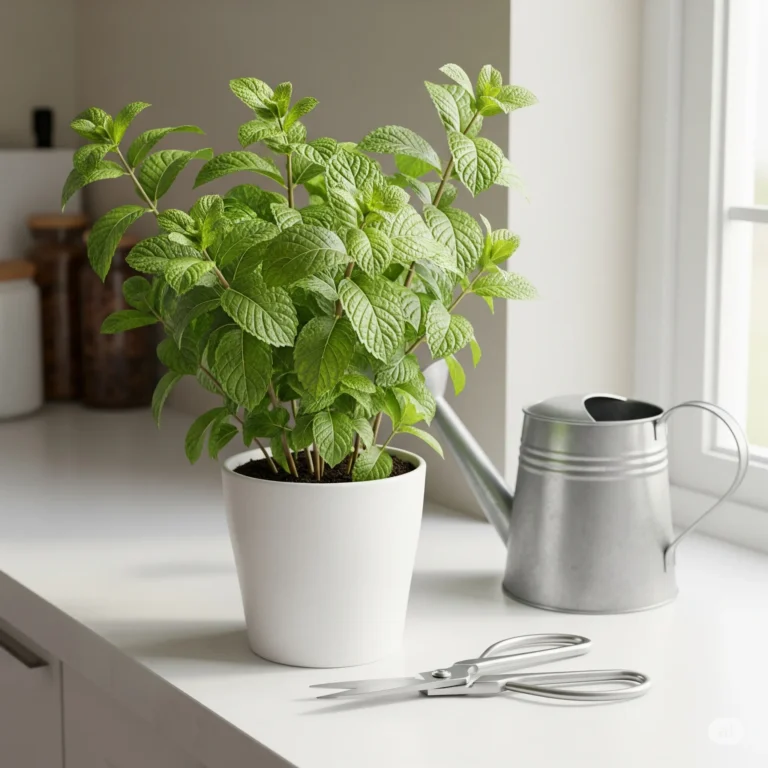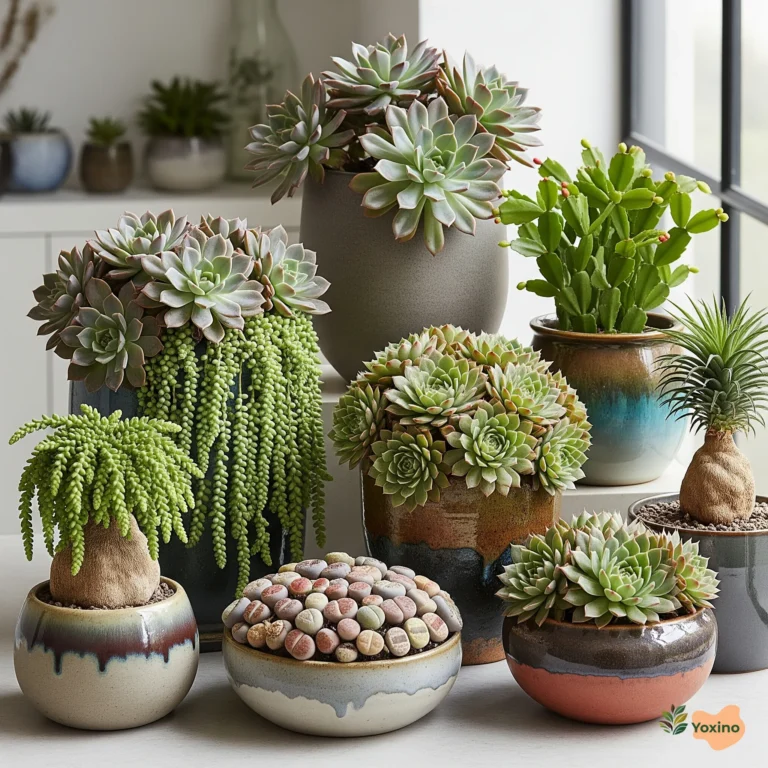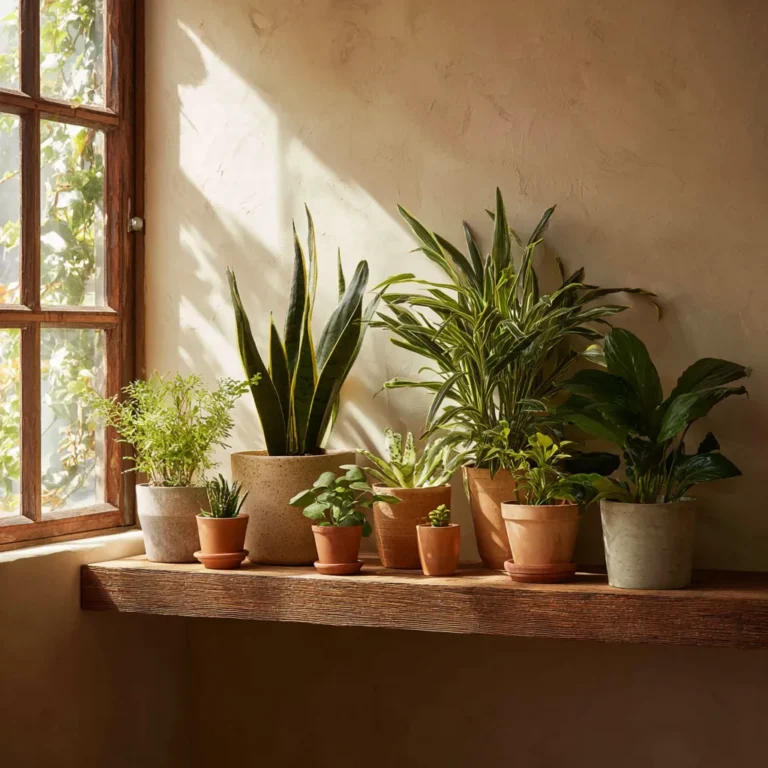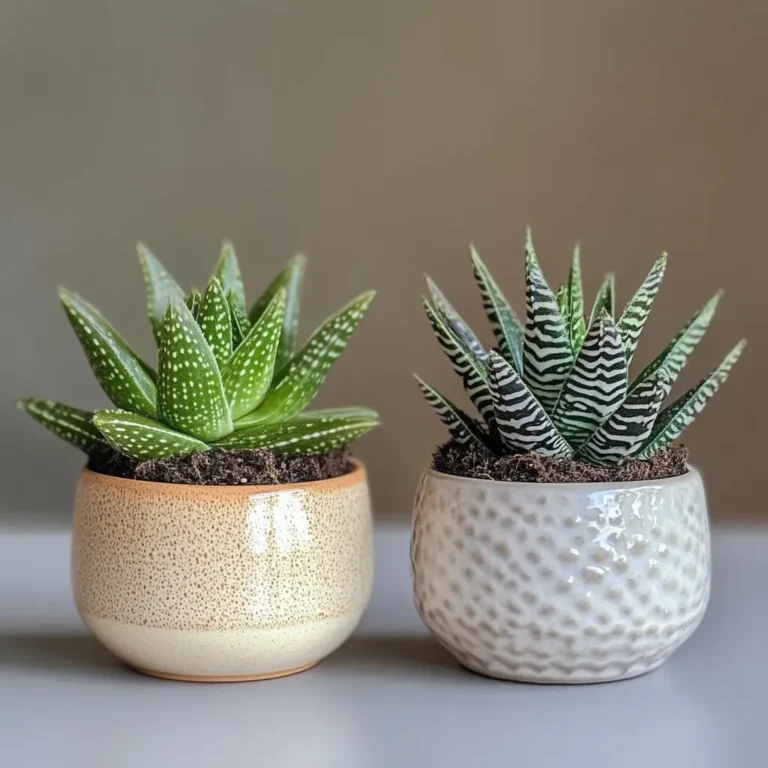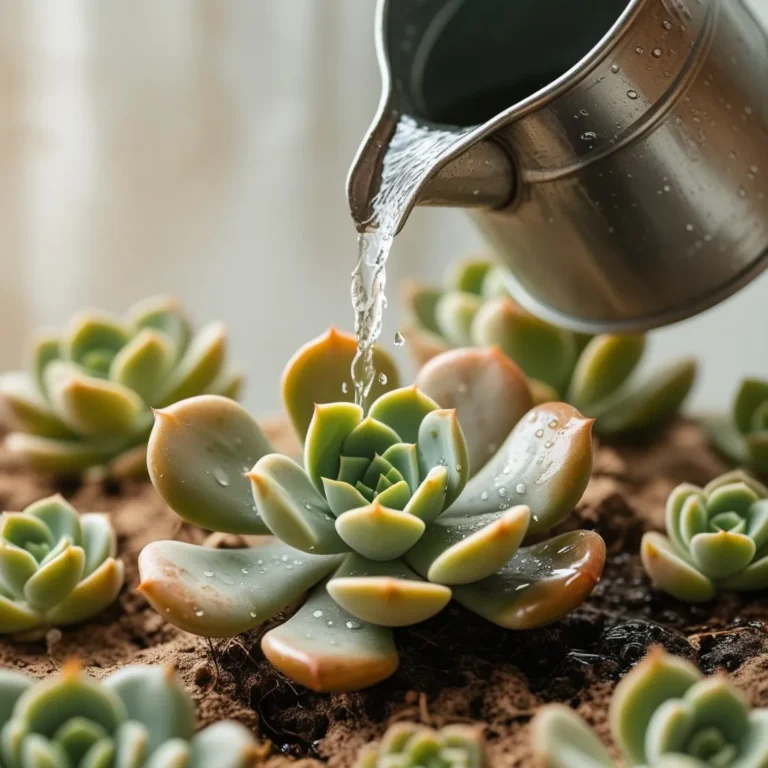How to Grow Echeveria Indoors Without Killing It
Echeveria plants are among the most beloved succulents for indoor gardening, and it’s easy to see why. With their stunning rosette formations and low-maintenance nature, these Mexican natives have captured the hearts of home gardeners worldwide. However, many beginners struggle with Echeveria plant care indoors, often watching their beautiful succulents slowly deteriorate despite their best intentions.
The secret to successful indoor succulent care lies in understanding Echeveria’s natural habitat and replicating those conditions in your home. This comprehensive guide will teach you everything you need to know about how to grow succulents indoors, specifically focusing on keeping your Echeveria thriving year-round.
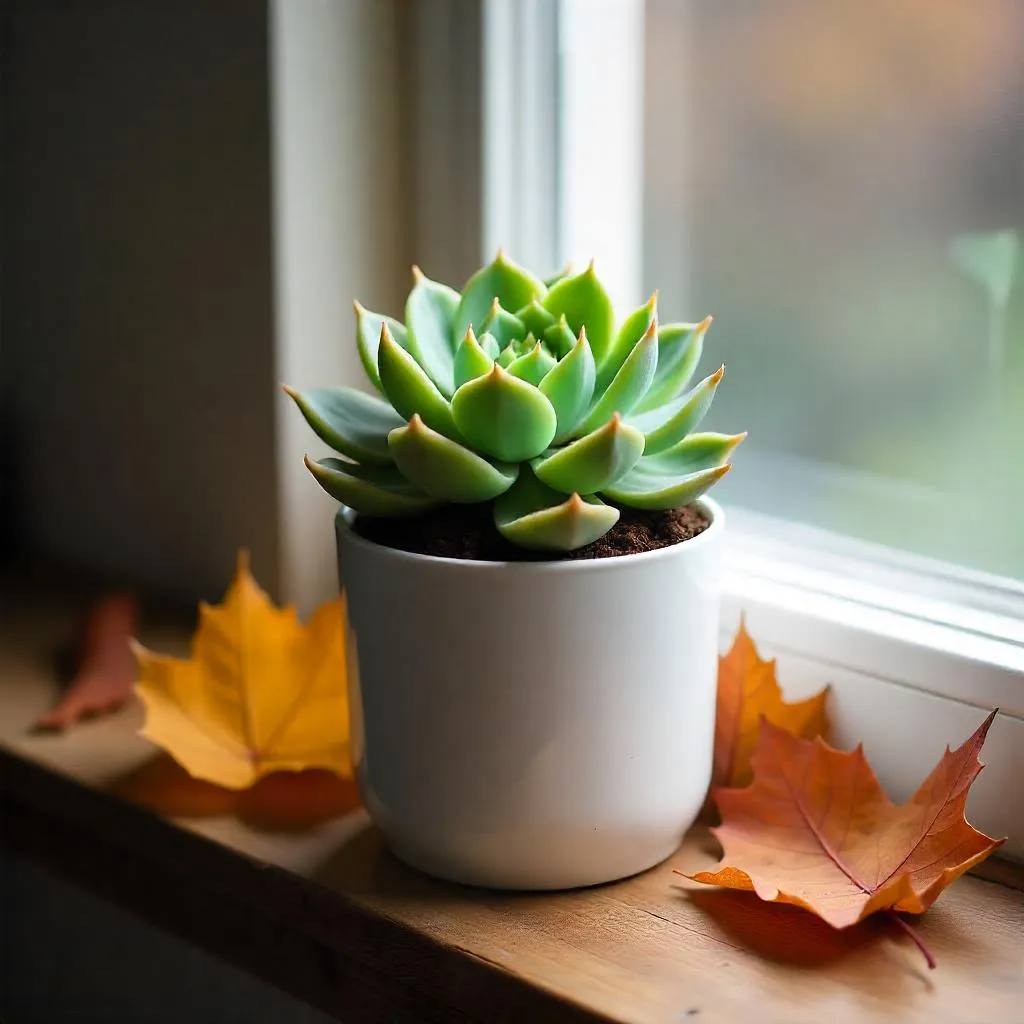
Quick Echeveria Indoor Care Summary
| Feature | Recommendation |
|---|---|
| Light | Bright indirect sunlight |
| Watering | Every 2–3 weeks (dry soil) |
| Soil | Well-draining cactus soil mix |
| Container | Pot with drainage holes |
| Temperature | 65–80°F (18–27°C) |
Choosing the Right Pot & Soil for Indoor Echeveria
The foundation of successful Echeveria plant care indoors starts with proper drainage. These desert natives absolutely cannot tolerate sitting in wet soil, making your pot and soil choices critical for long-term success.
For soil, invest in a high-quality cactus and succulent mix, or create your own by combining regular potting soil with perlite and coarse sand in a 1:1:1 ratio. The goal is a succulent soil mix that drains quickly while still providing essential nutrients.
Container Comparison for Indoor Succulents
| Pot Type | Pros | Cons | Best For |
|---|---|---|---|
| Terra Cotta | Excellent drainage, breathable | Can dry out quickly | Beginners, humid climates |
| Ceramic (glazed) | Attractive, retains moisture longer | Poor drainage if no holes | Experienced growers |
| Plastic | Lightweight, affordable | Poor air circulation | Temporary plantings |
Always choose containers with drainage holes – this single factor prevents more Echeveria deaths than any other care consideration.
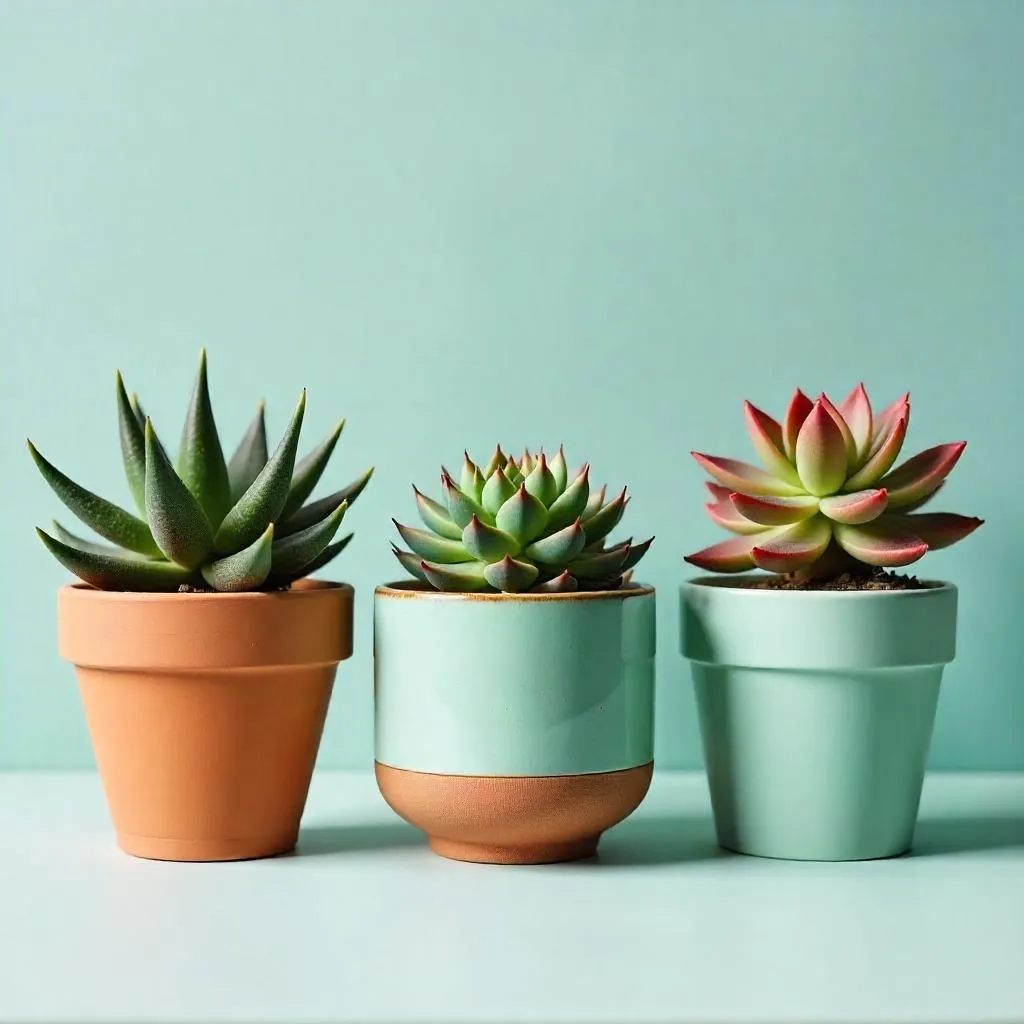
Understanding Echeveria Light Needs Indoors
Echeveria light needs are often misunderstood by indoor gardeners. While these succulents love bright light, direct summer sun through glass can actually scorch their leaves. The sweet spot is bright, indirect sunlight for 6-8 hours daily.
East-facing windows provide ideal morning light, while south-facing windows work well if you can filter the intensity during peak afternoon hours. North-facing windows rarely provide sufficient light for healthy growth, often leading to stretching (etiolation).
Signs your Echeveria needs more light include elongated stems, pale coloration, and loss of the compact rosette shape that makes these plants so attractive.
Mastering Watering Techniques (Avoid Root Rot!)
Watering succulents properly is where most beginners struggle with indoor succulent care. The “soak and dry” method works best: water thoroughly until excess drains from the bottom, then wait until the soil is completely dry before watering again.
During active growing seasons (spring and summer), this typically means watering every 2-3 weeks. In winter, extend this to 4-6 weeks as growth slows significantly.
Test soil moisture by inserting your finger 1-2 inches deep – if it feels even slightly damp, wait longer. Echeveria plants store water in their thick leaves and can handle drought much better than excess moisture.
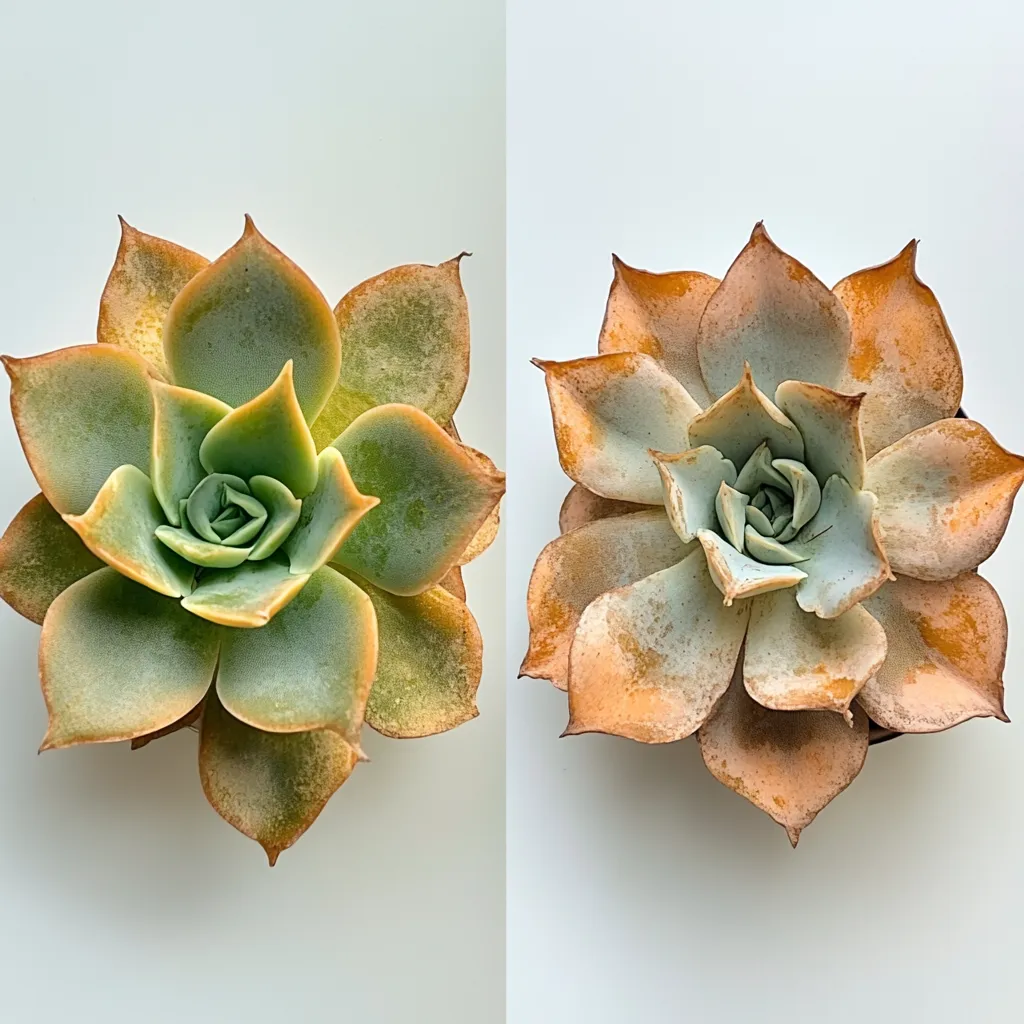
Recognizing Watering Problems
| Symptom | Likely Cause | Solution |
|---|---|---|
| Mushy, translucent leaves | Overwatering | Stop watering, improve drainage |
| Wrinkled, shriveled leaves | Underwatering | Water thoroughly, check soil |
| Leaf drop | Inconsistent care | Establish regular routine |
Echeveria Growth & Repotting Indoors
Indoor Echeveria plants grow more slowly than their outdoor counterparts, typically requiring repotting every 2-3 years. Signs it’s time to repot include roots growing through drainage holes, soil that dries out within days of watering, or simply outgrowing the current container.
Spring is the ideal time for repotting, giving plants the entire growing season to establish in fresh soil. Choose a pot only slightly larger than the current one – oversized containers hold too much moisture and can lead to root problems.
During repotting, gently remove old soil and inspect roots for signs of rot (black, mushy areas). Healthy roots should be white or tan and firm to the touch.
Common Echeveria Problems & Solutions
Stretching (Etiolation): This occurs when plants don’t receive adequate light, causing stems to elongate as they search for brighter conditions. Solution: gradually move to a brighter location and consider supplemental grow lights.
Pest Issues: Mealybugs are the most common indoor pest, appearing as white, cotton-like clusters. Treat with rubbing alcohol on a cotton swab or insecticidal soap spray.
Root Rot: Usually caused by overwatering or poor drainage. Prevention is key – ensure proper soil mix and watering schedule. If caught early, you may save the plant by removing affected roots and repotting in fresh, dry soil.
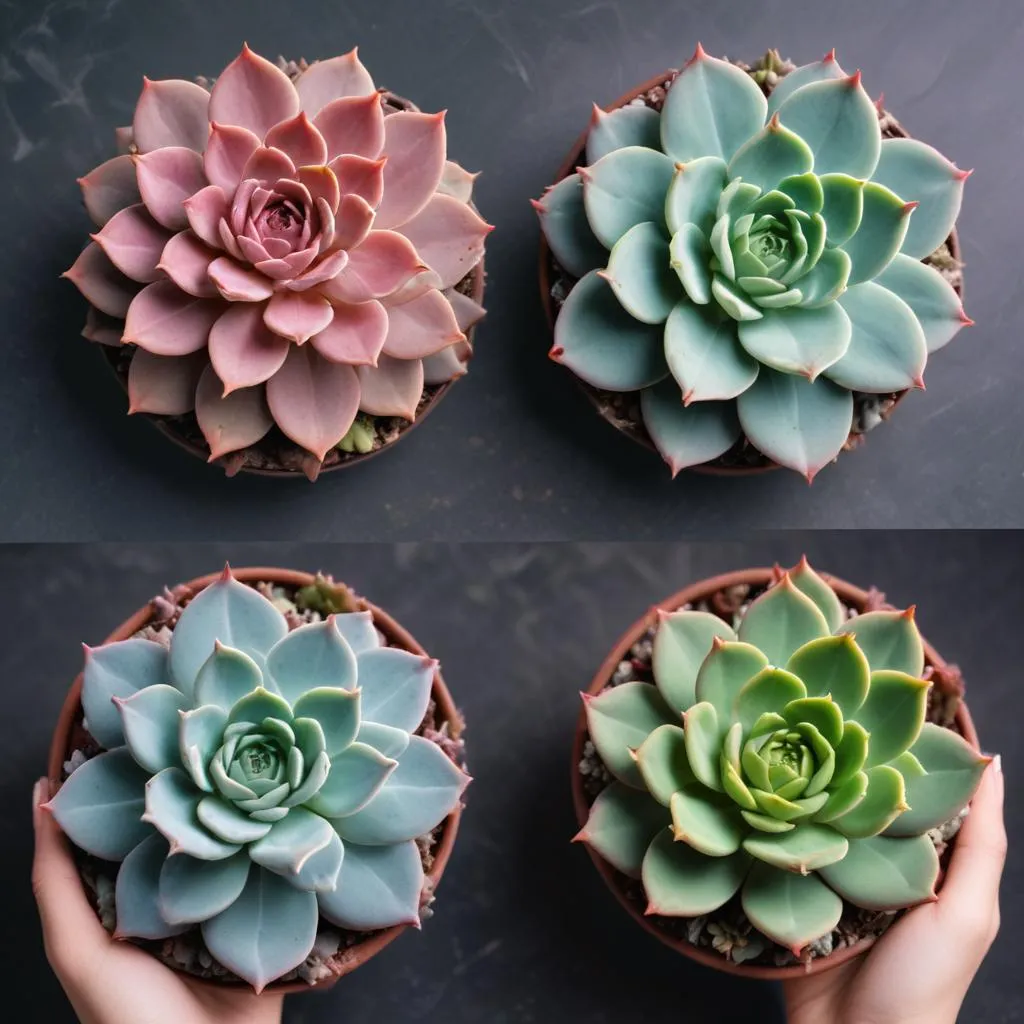
Growing Healthy Echeveria Indoors
Successful Echeveria plant care indoors comes down to understanding these desert natives’ basic needs: bright light, excellent drainage, and infrequent but thorough watering. By following these guidelines and watching for early warning signs, you’ll enjoy beautiful, healthy succulents that can live for decades.
Remember, it’s better to underwater than overwater – when in doubt, wait another week. With patience and proper care, your indoor Echeveria will reward you with stunning colors, compact growth, and potentially even flowers.
Start with one or two plants to master the basics, then expand your collection as your confidence grows. Happy growing!

